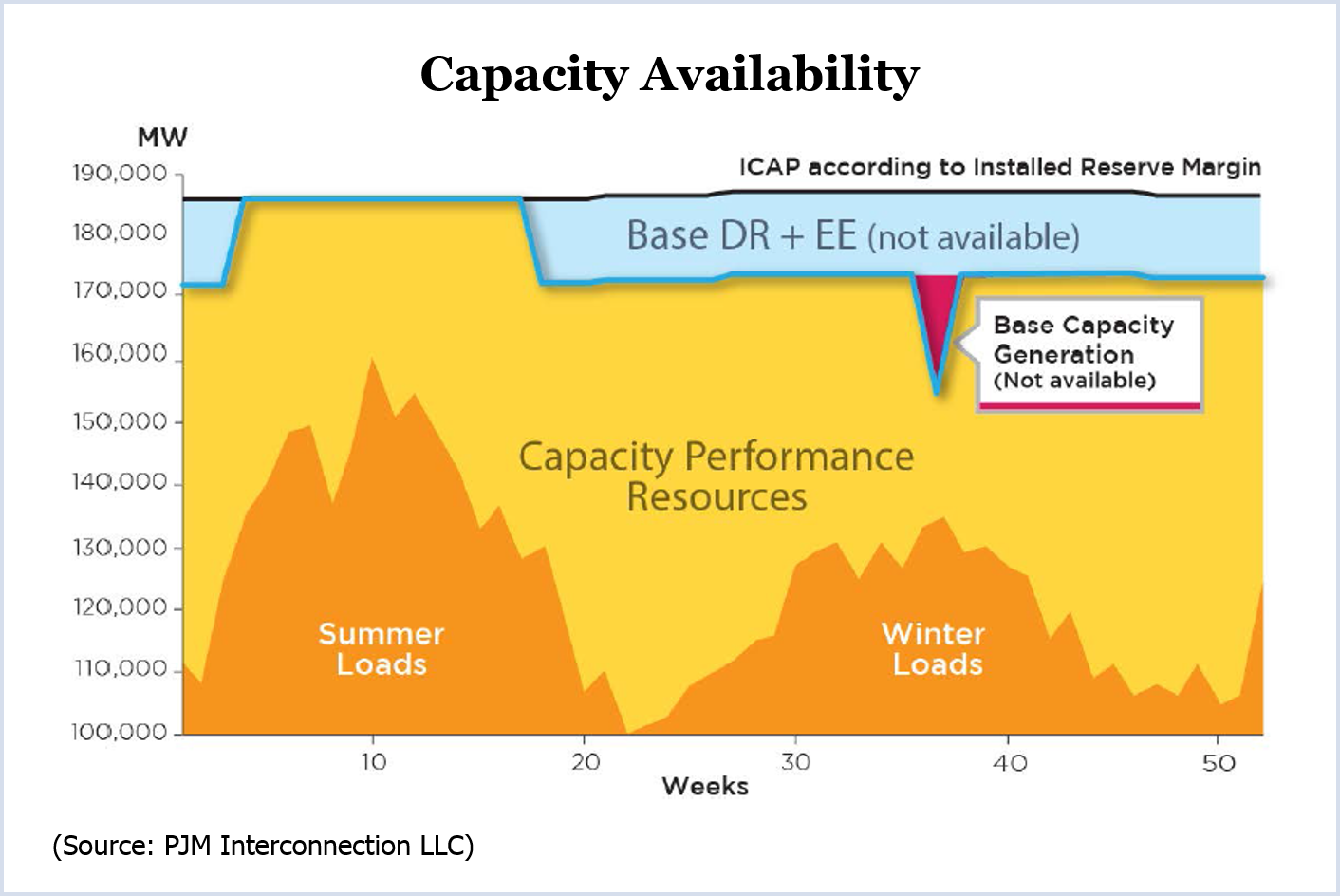[Editor’s Note: This article was amended Oct. 28 to put FERC Chairman Cheryl LaFleur’s comments in context. See clarification below.]
PJM’s proposed Capacity Performance product would cost ratepayers as much as $6 billion over the next four years, with long-term costs of as much as $700 million annually, the RTO and Independent Market Monitor Joe Bowring said in a joint paper Thursday.
The cost-benefit analysis was released two days after Federal Energy Regulatory Commission Chairman Cheryl LaFleur indicated support for PJM’s efforts in a speech at PJM’s Grid 20/20 conference in Washington and stakeholders announced 15 coalitions that will argue for changes in the plan.
Almost 80 stakeholders joined at least one of the coalitions, which include two load groups and seven representing generators (including gas, hydro, renewables and independent power producers). Other groups represent project finance interests, storage developers and companies specializing in energy efficiency and demand response.
The largest group is the Transition Coalition, with 19 members led by Michelle Gardner, director of regulatory affairs for NextEra Energy Power Marketing. It is concerned with rules that will apply for delivery years 2015/16 through 2017/18.
PJM Gains Allies
The release of the joint cost-benefit paper indicates that PJM will have the Market Monitor on its side in the debate before FERC. Bowring, who had expressed skepticism about PJM’s original proposal, said the RTO’s amended Oct. 7 plan addressed his major concerns. (See Revised Capacity Performance Plan Wins Bowring’s Support.)
The proposal also received an unofficial boost from LaFleur in her keynote address Tuesday at the Grid 20/20 conference. LaFleur said she agreed with PJM’s goals of finding a way to “value base load properly without losing sight of the other resources and how to assure that the fuel will be there for reliability.”
“We certainly will look closely at any proposal that comes in. But I think the purpose of understanding what it is we want the market to do and really trying to refine the definition — while not easy — is exactly what we should be doing,” she said.
[Clarification: FERC spokesman Craig Cano said Oct. 28 that while LaFleur “is supportive of [PJM’s] goals,” she wants to make clear that she has not prejudged the proposal.]
Cost-Benefit Analysis
The analysis released by PJM and the IMM projects both the increased capacity costs and energy market savings based on an assumption that the new Capacity Performance product, with its higher expectations and penalties for non-performance, will reduce outage rates by 6 percentage points in winter and 3 percentage points in summer.
Had the product been in place in 2014, it would have reduced energy load payments by 8.7% in January and February ($975 million) and 8.5% in June-August ($725 million), according to the analysis.
The proposal’s requirement that generator dispatch parameters reflect their physical characteristics during Hot and Cold Weather Alerts would have reduced January’s uplift payments by 83% ($500 million), the analysis says, resulting in total energy cost savings for the year of $2.2 billion.
The analysis uses the $2.2 billion savings in future projections, beginning with delivery year 2016/17.
Over the long term, PJM and the Monitor say, the changes will have a net cost of $300 million to $700 million, with net savings in years with extreme weather.
Next Steps
The coalitions have until 5 p.m. Oct. 28 to submit briefing papers to the Board of Managers, which will decide on the final proposal submitted to FERC.
The coalitions will make oral presentations to the board at an “Enhanced” Liaison Committee meeting at the Cira Centre in Philadelphia Nov. 4. The meeting will be teleconferenced for PJM members and state commission and FERC representatives, but no members of the media will be permitted.



